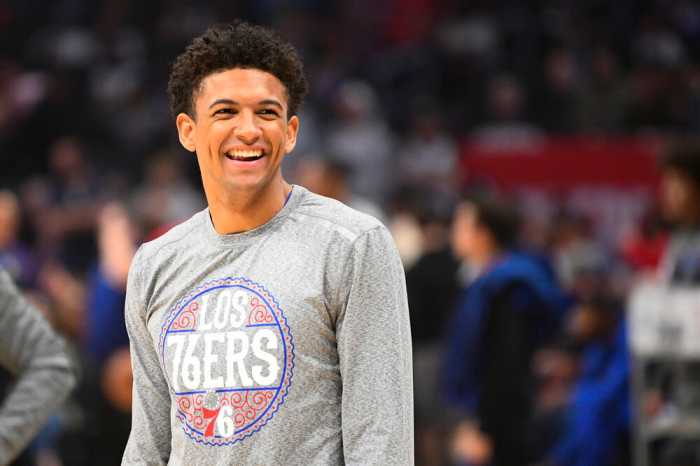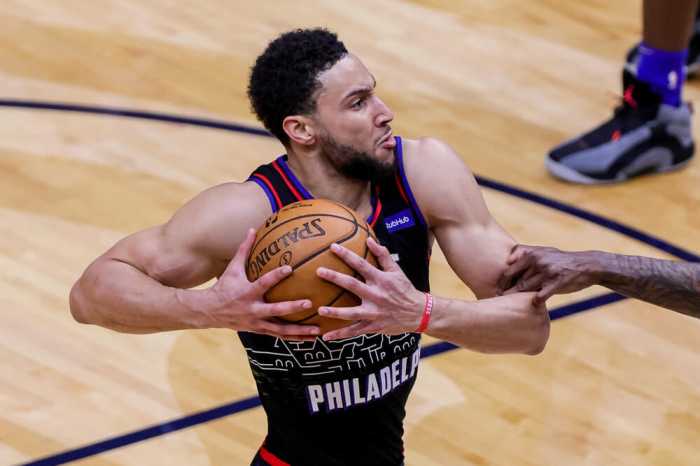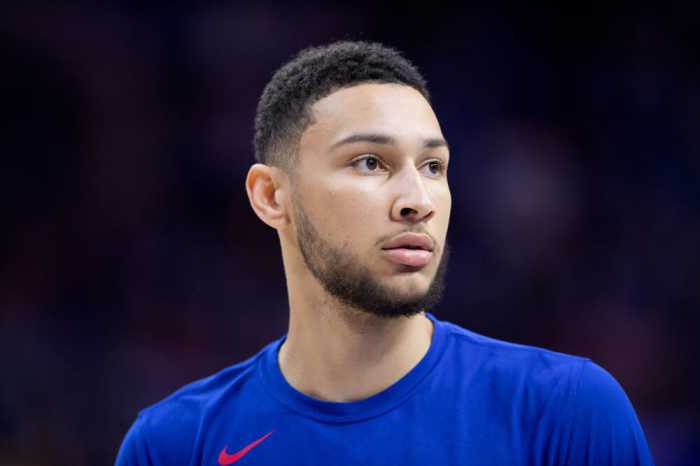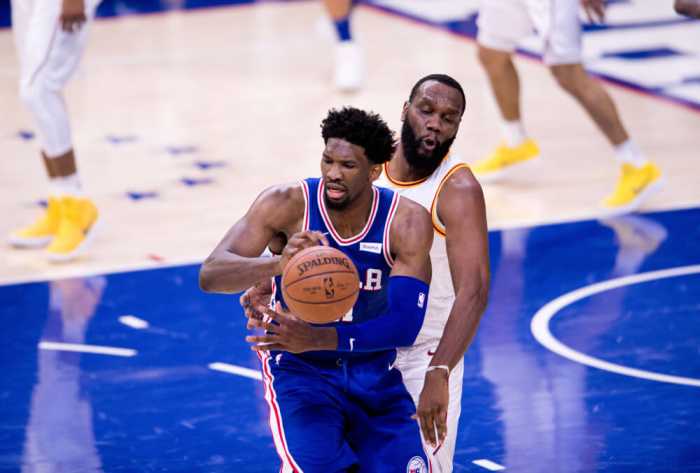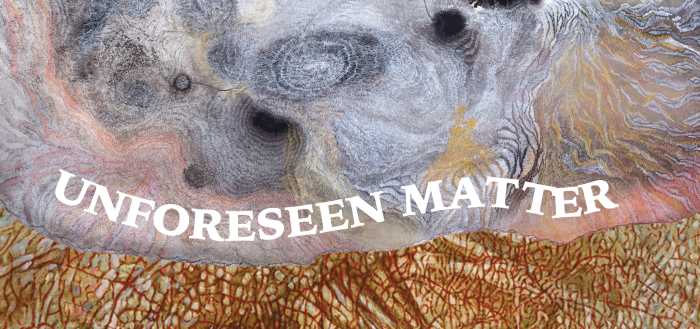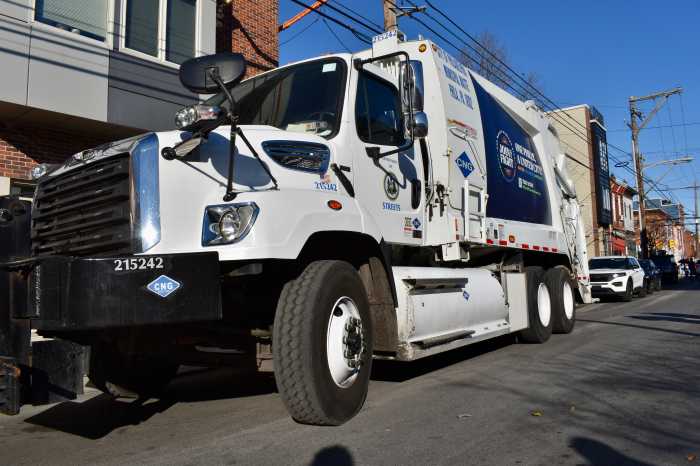The city of Philadelphia collectively holds its breath each time Joel Embiid’s 280-pound frame hits the hardwood floor. The franchise centerpiece has battled injuries throughout his career and most notably dates back to the meniscus tear which occurred last season. Embiid has shown signs of lingering pain in his knees to start the season and I sat down with Dr. Rami Hashish, Ph.D. DPT, to discuss the Sixers’ handling of the situation.
Dr. Rami is the Founder of the National Biomechanics Institute and the Founder and Chief Technological Officer of pareIT. Holding two doctorate degrees (a Ph.D. in Biomechanics and a Doctorate of Physical Therapy), Dr. Rami has been retained as an expert witness on more than 1,000 occasions, examining injuries in sports, the workplace, motor vehicle, and aviation accidents. He has consulted for various organizations and agencies, including the U.S. Airforce, the National Brain Injury Association, as well as pro sports teams in the NBA and NFL. More recently, Dr. Rami has been asked by national media outlets to comment on everything injury-related, from Tiger Woods’ car crash by the USA Today to appearing on the Discovery Channel discussing a murder case.
Sean- Obviously injuries have been talked about regarding Joel Embiid throughout his entire career. The most notable of late is the torn lateral meniscus which obviously dates back to last year and there seem to be lingering effects into this year. To start off with what exactly is a meniscus tear?
So the meniscus is this piece of cartilage or tissue that’s basically between the knee right so we have your thigh bone, also called your femur. And then you have your tibia or shin bone. So between your thigh bone and your shin bone, are two pieces of tissue or cartilage that serve as shock absorbers and those are your meniscus. So essentially you have your thigh bone, you have your shin bone, and basically these two blue circles. Those are what’s your meniscus. So those basically serve as shock absorbers to the new joint. And then, of course in the name torn meniscus is just a tear of that cartilage.
What traditionally is the recovery for that?
So it depends on the magnitude of the tear. So sometimes when the meniscus tears or the cartilage tears, it can be big, it can be small, and sometimes depending on the size and how it’s torn it can kind of latch on to the bone and kind of feel like this is clicking.
So in some instances, it can be really bad. In some instances, it’s can have a pretty quick recovery. So rehab wise if you have a torn meniscus and it’s pretty bad, you could be anywhere from three to six months. Or in some instances maybe much less than that if it’s kind of a small tear. If you have surgery, then it kind of it can fluctuate depending on a bunch of different things such as your size, and what type of surgery you had, how bad was a tear, and what they did. So kind of depends.
We saw Joel Embiid soldier through the postseason and play through the tear. Is that mostly pain management or are there any structual concerns that go with that decision?
There are no structural concerns. So let’s say you have a tear of that meniscus right? You have a tear of the cartilage so with every single step and every single jump, and every single bang, you may make that tear worse. So it may increase the amount of tear. What’s especially bad is if it starts tearing and kind of breaking down more and more, you end up having kind of this bone-on-bone action. So if you have bone on bone, then you can have a complete breakdown of your knee as a whole and now you may start having some effects on the bone. at the end of the bone and having degrading of the ends of the bones that can really result in some long-lasting issues.
One of the most interesting aspect of this to me is that it seems like Joel Embiid elected not to get surgery on the knee. Is this something that goes away with time as he’s able to rest it or is surgery required to fix it?
No, you don’t need surgery to fix it but obviously, it depends on the care. So obviously I’m going to defer to the surgeons on that one. They probably saw something that they felt that it may not necessitate surgery or that it may be just an option. It’s very common for people to opt against surgery.
One of the things or what’s commonly done in surgery is what’s referred to as a meniscectomy, where they basically take off a piece of the meniscus. Right, so you’re not getting that back. So it makes sense for an athlete who’s in his prime, who’s young, may not always want to jump the surgical route if it means that they’re taking away a piece of my tissue. So you can’t really fault him for that. But again, that’s typically a collaborative decision between the athlete and the surgeon.
One of the things I have been disappoing to see early on in the season is there have been a lot of occassions where Embiid is seen grabbing at his knee and showing signs of pain. He still has played through it as much as he can and has given the knee a rest due to unfortunately contracting Covid. Are these potetnially lingering effects from what happened last year?
It kinda depends. There’s that video from last year in the playoffs where he tore his meniscus or they say that he tore his meniscus where it kind of landed and fell down on his but and back. But typically you don’t have meniscus tears (in this situation), they’re not always purely traumatic. You can, like you can tear your meniscus if you have a lot of twisting and have a lot of force that can certainly happen, but they can also tear just over time. They can degenerate if you have bad body mechanics, if you load it improperly or you loadit inconsistently in kind of a bad way it can break down over time. So then it takes less force and less of an impact to tear it and I’m assuming that’s the case with him.
So specifically, he tore the lateral meniscus, which is the meniscus on that outside. So if you think of the knee, if I my knees are kind of knock-kneed, that means I’m playing a lot of pressure on the lateral meniscus and I’m not placing a lot on the other meniscus. So depending on how your posture is, if you’re knock-kneed posture and you keep jumping and you jump with a knock-keed posture that’s going to put too much pressure on the lateral meniscus and it may break down over time. (In that case) It may not take a big event to cause it to completely tear and have all of these pain and symptoms. So getting back to Joel, it kinda depends, right? He has to improve how he lands, he has to improve how he runs, he has to improve how many jumps. That’s not picking on him that’s just a standard thing. Once people go through these types of injuries, they sometimes have to change the way in which they move to help prevent them from breaking down in the future.
What do you expect is the typical process he goes through to make sure he is on the court as much as possible?
I mean I think he’s doing a lot of stretching. I think he’s doing a lot of mobility work of his IT bands, you know, the size of his hip. I think he’s probably doing a lot of strengthening on the sides of his hips to prevent to develop the endurance and the strength of his hips to prevent his knees from falling inwards. Also I think he’s doing some just generalized, a lot of like coordinated repetitive motions, just to kind of practice and like in-game simulatio to make sure that he’s consistently landing in the proper form, running in the proper form, and kind of really working on is like the biomechanics of his motion.
So it’s not just a strength thing, it’s not just a flexibility thing, but it’s kind of honing in on the optimal motions and movement patterns. We can’t forget that he’s a big guy, right? So he’s putting a lot of stress on his knee. So it’s particularly important for somebody like him and then somebody who may be a little bit smaller in stature.
One thing that became somewhat controversial last year was thew usage of a brace. Joel obviously wasn’t a fan of it, he spoke pretty openly about not liking it because of how it limited his mobility and frankly the numbers backed it up with the jump shot not lookign the same. Are braces a go-to technique for limiting damage in the meniscus and do you think this could be a long-term option?
Do I think it’s a long-term it’s an option for him? I mean, certainly, it’s a long-term option because you want to stabilize the knee joint and you want to prevent the knee from falling in and out. You want to control bad motions that he may be regularly exposed to or regularly perform. So yeah, knee braces are important you see that also in the NFL with a quarterback if they hurt themselves or running back but you also see it quite regularly with offensive linemen because they want to kind of prevent the motion of the knee and promote the stability. Now that doesn’t mean that he’s gonna perform as well. It does limit his mobility and that’s obviously one of his traits as being a bigger guy, strong, but so very mobile and taking that away may obviously affect his performance.
Load Management has been another hot topic in the NBA. Do you think limiting his minutes is a beneficial way to conserve him?
I don’t think limited minutes is the way to do it necessarily. When people get tired or when people get fatigued is when they commonly injure themselves. Not only that when people get tired and when people get fatigued, they start moving differently. Their muscles may fatigue out and then, let’s take for instance, after 30 minutes, he’s fine, right? He’s fine, he’s not fatigued, his muscles aren’t fatigued, then there’s no really theoretical increased risk of injury. But after 30 minutes, if he had these muscles getting fatigued, and now he’s moving a little bit differently and he’s a little bit labored, or now he’s allowing his knee to fall inwards then yeah. So it really depends on his specific response to time. He may be able to withstand a 30-minute limit, he may not be able to but it really depends on when that fatigue starts setting in, particularly around his hips and his knees that result in his knees falling inwards and some general bad body mechanics.
Yeah I definitely think that has rung true with Joel throughout his career. I love the guy with all my heart, but my biggest critique of him has always been his unwillingness to take care of his body when it comes to diving across the floor or recklessly trying to block a shot. Stuff like that where business decisions need to be made when takign care of your body. So is the only real way to prevent is to make smart decisions and understanding risk/reward for different scenarios?
And improving your body. It’s both. It has to be a combination of both improving your body and making the right decisions to not put yourself in a situation to get injured. But I mean, also, he’s had an injury history, and big guys who have had knee injuries and the guys who have had foot injuries, that’s not something that typically goes away. You start having to manage it over time and figure out ways to manage it and deal with it. So yeah, there’s certainly some business decision things but there’s also some kind of innate thanks to him that he has to consistently address throughout his career.
You can also check out the full episode of the Pick Swap Podcast with Dr. Rami Hashish here, or if you just want to see the interview it is also available on Youtube.

